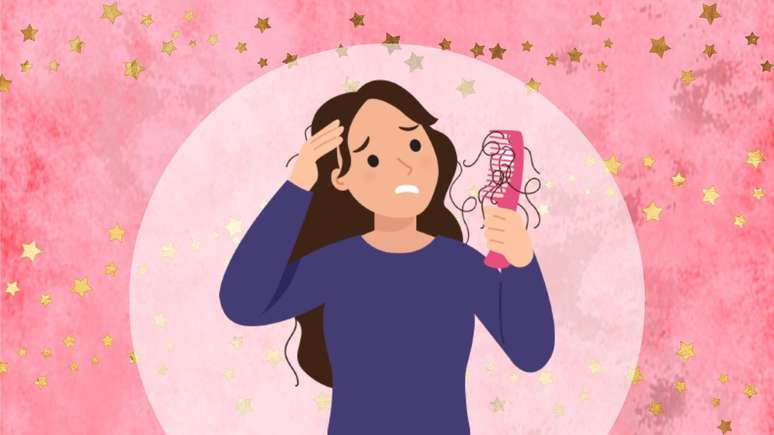A study conducted by the University of Cincinnati School of Medicine has discovered a relationship between temperature changes and migraine attacks
A study by the University of Cincinnati School of Medicine, at the Icahn School of Medicine at Mount Sinai, in the United States, has shown that the higher the temperatures (a consequence of climate change), the greater the incidence of migraine. That is, in people who have already been diagnosed with the disease.
For the study, 71,030 daily recordings of 660 migraine patients were combined with regional meteorological data. Therefore, the researchers found that for every 10 degrees Fahrenheit change in temperature, the equivalent of minus 12º Celsius (ºC), per day, there was a 6 percent increase in the onset of headache complaints.
In addition to the diagnosis, the change in temperature affects especially those who do not treat the disease, says neurologist Thaís Villa.
“Since climate change is an unavoidable trigger (climate change cannot be avoided), it is important that every person suffering from migraine seeks treatment from a neurologist to control the disease. Therefore, even if exposed to triggers , they are less likely to have seizures,” says the doctor.
Excessive heat or cold can be triggers
Climate change is characterized by sudden changes in temperature, among many other natural phenomena. According to Thaís, both excessive heat and cold can be triggers for migraine attacks. “Anything in excess for a person who suffers from migraine and is not treated can be a trigger,” she points out.
In case of excessive heat it is also very important to avoid dehydration, because it is an additional trigger factor in addition to the heat for those who suffer from migraines.
Furthermore, the doctor recommends protecting the head from the sun, since the high temperature directly on the scalp of the patient, who naturally has a scalp with inflamed nerves, will be a trigger for immediate crises. Therefore wearing a hat, staying in shaded places and away from the sun are important prevention measures.
With excessive heat and a lot of sun, photophobia (a symptom of intolerance to light) is also common. In addition to being a common sign of migraine, this can also be a trigger if the eye captures too much light. So it is also important to wear sunglasses, the neurologist emphasizes.
Avoid triggers and treat the disease
Thais point out that there are avoidable triggers for migraine attacks, such as fasting and dehydration. “If there are unavoidable triggers, it is necessary to control the disease so that this trigger does not act as a trigger for attacks. If the person has treated and controlled migraine, they will not have a trigger due to climate change,” he says.
However, it is worth emphasizing that migraines cannot be treated by avoiding triggers. After all, like climate change, many of them are unavoidable.
“Migraine control must be carried out through specific treatments such as botulinum toxin, specific drugs called anti-CGRP and, above all, an integrated and individualized management of the disease by a neurologist and a specialized team”, concludes the professional.
Source: Terra
Ben Stock is a lifestyle journalist and author at Gossipify. He writes about topics such as health, wellness, travel, food and home decor. He provides practical advice and inspiration to improve well-being, keeps readers up to date with latest lifestyle news and trends, known for his engaging writing style, in-depth analysis and unique perspectives.








